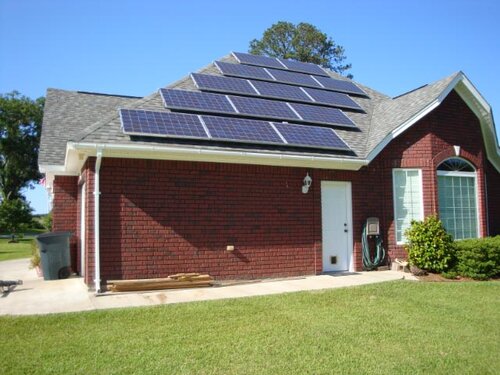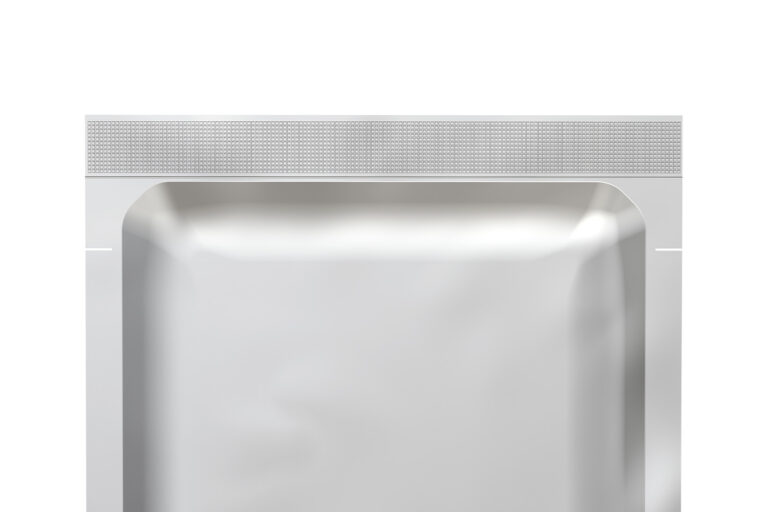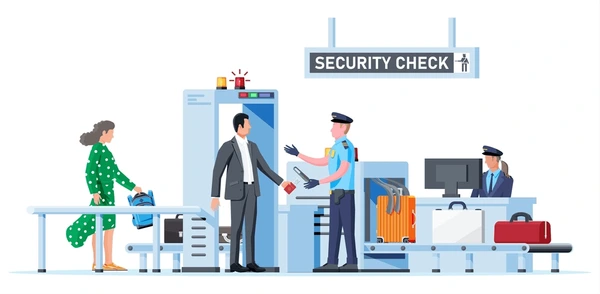Solar Panel Costs and Incentives: A Breakdown
Have you ever wondered how much you could save with solar power? With energy prices rising, more people are turning to solar panels to cut down on costs. Understanding the options available and the incentives that make solar even more appealing is essential.
Solar power not only helps reduce your monthly bills but also contributes to a more sustainable future. As more homeowners recognise the long-term benefits, the demand for solar systems continues to grow. When it comes to installing residential solar panels, there are different types to consider, and each has its own price range. Let’s read about it in detail.
Understanding the Types of Panels
Solar panels come in various forms, with the most common being monocrystalline, polycrystalline, and thin-film. Monocrystalline panels are known for their efficiency and sleek look, but they are also typically the most expensive. Polycrystalline panels are a bit cheaper and less efficient, but they still offer solid performance for many homes. Thin-film panels are the most affordable but tend to take up more space due to their lower efficiency.
The Cost of Installing Panels
The total cost of panel installation depends on various factors like the size of your home, the type of panels you choose, and labour costs in your area. On average, a standard system could cost several thousand dollars upfront. While the initial cost may seem steep, it’s essential to consider the long-term savings on your energy bills.
Government Incentives and Rebates
One of the key reasons many homeowners consider going solar is the available incentives. Governments often offer rebates and tax credits, reducing the overall installation costs. These incentives can significantly offset the initial expense, making the energy more affordable for everyone. In addition to national schemes, some local governments also provide special grants or discounts for those switching to solar.
Breaking Down the Long-Term Savings
While the upfront cost of panels might seem high, the savings you’ll experience over the years make it worthwhile. Once installed, panels can dramatically reduce monthly energy bills. With a well-designed system, some homeowners even generate more electricity than they use, allowing them to sell the excess back to the grid. The return on investment varies depending on energy usage and the type of panels used.
Additional Costs to Keep in Mind
Besides the price of the panels themselves, there are additional costs to consider when switching to solar. Installation fees, permits, and potential maintenance can add to the total price. However, these costs are often one-time expenses, and maintenance tends to be minimal compared to the benefits. It’s also important to account for battery storage if you’re planning to go entirely off-grid.
The Future of Solar Power in Homes
As solar technology continues to improve, prices for solar panels are expected to drop while efficiency increases. This means future homeowners could benefit even more from installing solar power systems. The rising demand for sustainable energy solutions makes solar a critical part of tomorrow’s energy landscape. Choosing the right system for your home sets you up for energy independence and savings in the future.
Installing residential solar panels is a significant step toward energy savings and sustainability. With the various types of solar panels available, homeowners can choose what fits their budget and energy needs best. When paired with government incentives, solar energy becomes an even more attractive option for reducing electricity costs and increasing home value.
Keep an eye for more news & updates on NextForbes!






